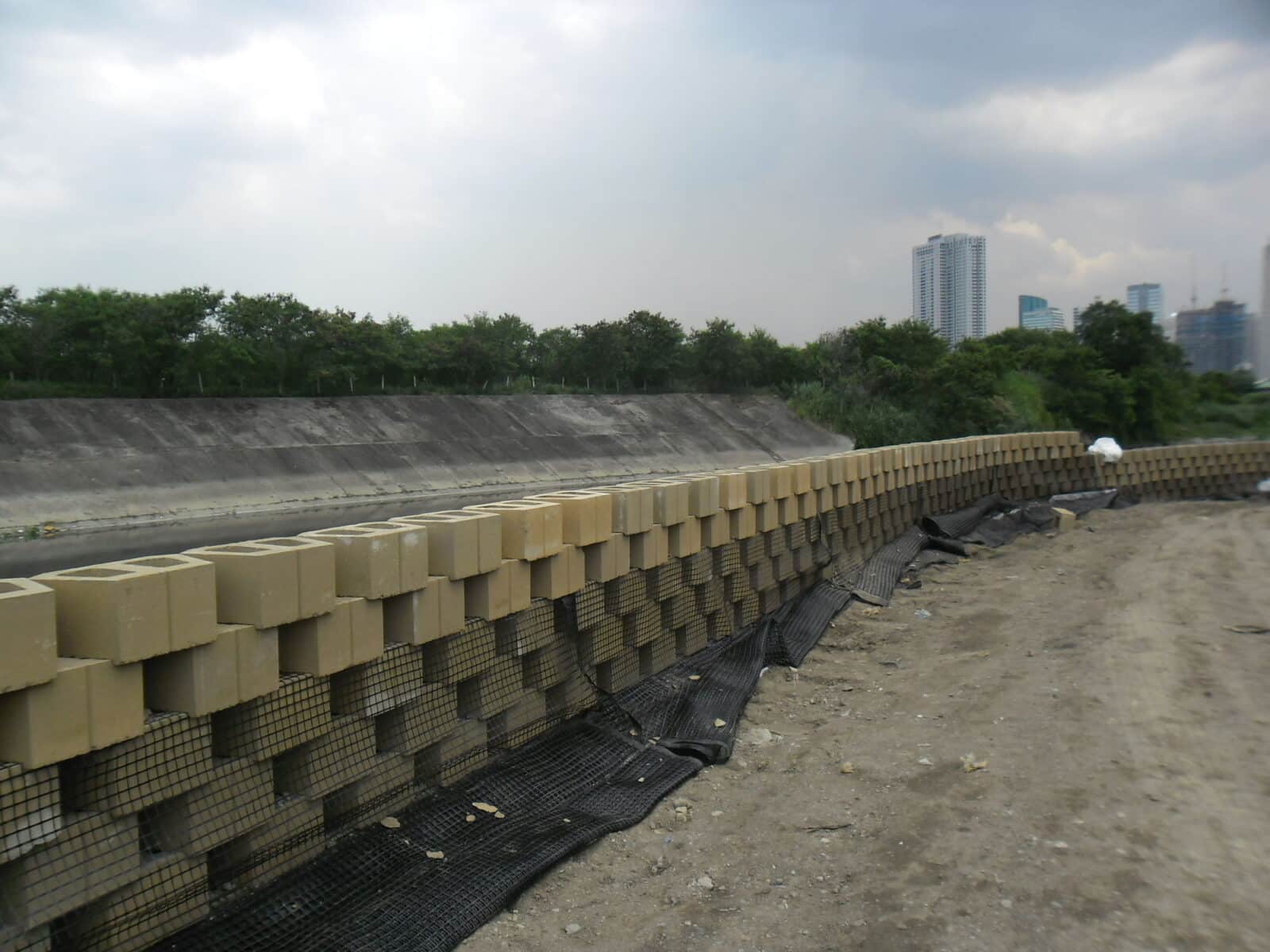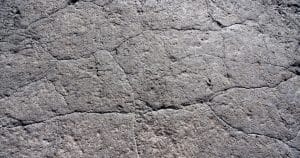Choosing between a Boulder Wall and a Traditional Retaining Wall can be a significant decision when it comes to landscaping and property improvement. Each option has its unique advantages and drawbacks, making it crucial to understand the pros and cons of both. In this comprehensive guide, we will explore the differences between these two types of walls, helping you make an informed choice that suits your needs.
What Is a Boulder Wall?
A Boulder Wall, as the name suggests, is constructed using large, natural boulders. These boulders are strategically placed to create a visually appealing and functional wall. Boulder walls are known for their rustic and natural appearance, adding a touch of the outdoors to your landscape.
What Is a Traditional Retaining Wall?
A Traditional Retaining Wall, on the other hand, is typically constructed using concrete blocks, bricks, or other man-made materials. These walls are often chosen for their clean and uniform appearance, providing a more structured and contemporary look.
Pros of Choosing a Boulder Wall
- Natural Aesthetics: Boulder walls blend seamlessly with the landscape, offering a more organic and visually appealing look.
- Environmentally Friendly: Using natural materials reduces the environmental impact compared to concrete blocks.
- Customization: Boulder walls can be customized with different boulder sizes, colors, and textures to match your style.
Cons of Choosing a Boulder Wall
- Labor-Intensive: Building with large boulders can be labor-intensive and may require professional expertise.
- Cost Variability: Costs can vary depending on the availability and size of boulders in your area.
- Maintenance: Boulder walls may require occasional maintenance to ensure stability and prevent erosion.
Pros of Choosing a Traditional Retaining Wall
- Uniform Appearance: Traditional walls offer a clean and uniform look that complements modern architecture.
- Ease of Installation: They are often easier and faster to install compared to boulder walls.
- Predictable Costs: Costs are typically more predictable as they depend on the chosen materials and labor.
Cons of Choosing a Traditional Retaining Wall
- Less Natural: Traditional walls may lack the natural charm and character of boulder walls.
- Limited Customization: While you can choose different materials, customization options may be more limited.
- Environmental Impact: The production of man-made materials can have a higher environmental impact.
Which Option Is Right for You?
The choice between a Boulder Wall and a Traditional Retaining Wall ultimately depends on your preferences, budget, and the desired look for your landscape. Consider factors like aesthetics, environmental concerns, maintenance, and installation when making your decision.
FAQs
What is the cost difference between boulder walls and traditional retaining walls?
Costs vary based on factors like materials and labor. Boulder walls may have a wider cost range due to the variability of natural boulders.
Are boulder walls more environmentally friendly than traditional retaining walls?
Boulder walls are generally considered more environmentally friendly due to the use of natural materials.
Do boulder walls require more maintenance than traditional retaining walls?
Maintenance needs for both types of walls are similar and depend on factors like erosion and stability.
Can I customize the appearance of my boulder wall?
Yes, you can customize your boulder wall by selecting boulders of different sizes, colors, and textures.
Is professional installation necessary for both types of walls?
Professional installation is recommended for both boulder walls and traditional retaining walls to ensure structural integrity and longevity.
For more information or to discuss your wall project, please contact us at 385-417-3854 or visit our website here.




